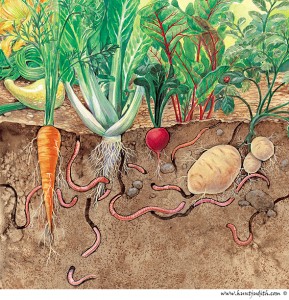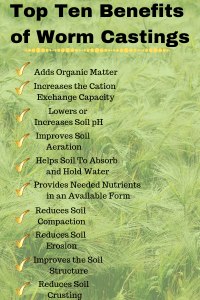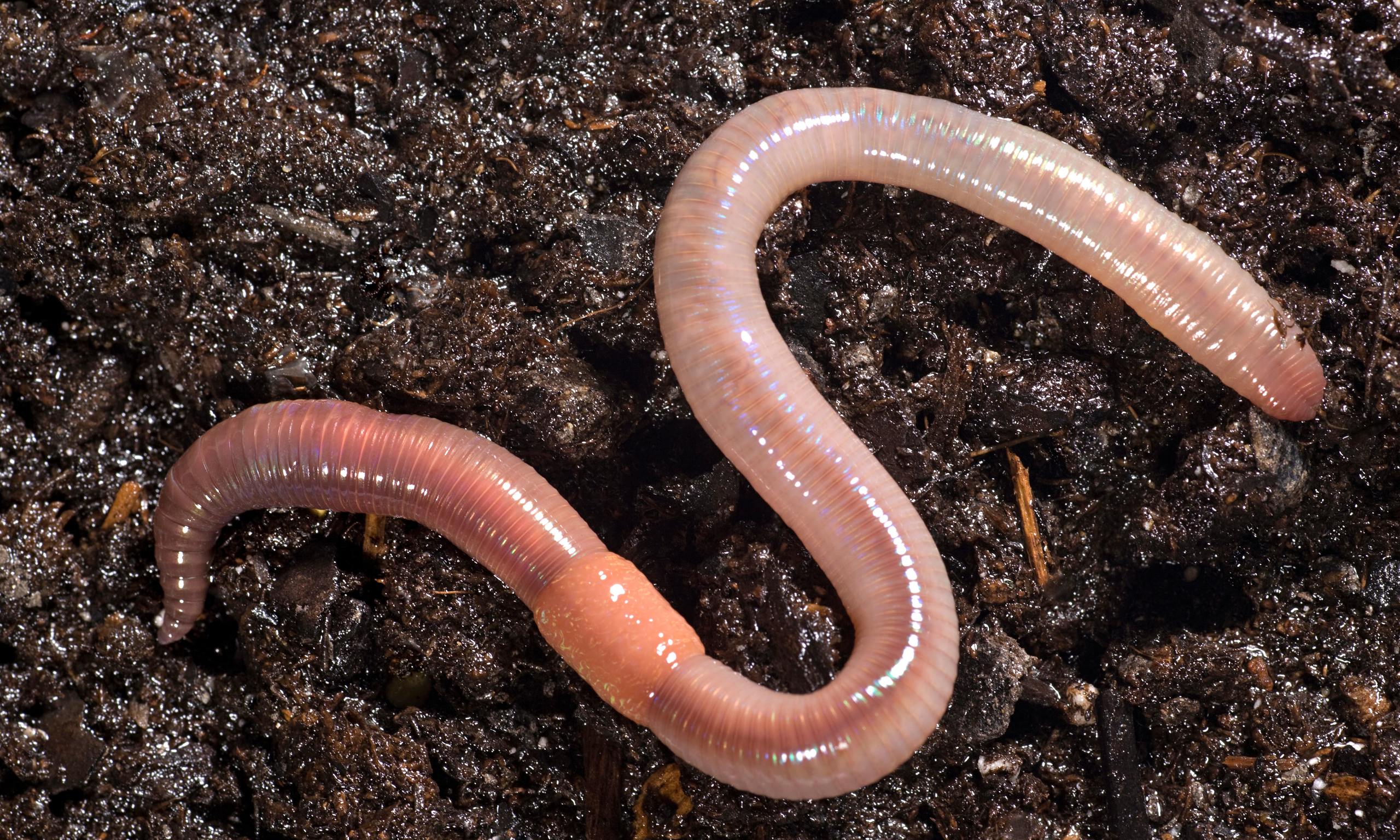8 Simple Techniques For North Carolina Worms
Table of ContentsNorth Carolina Worms - QuestionsThe Only Guide to North Carolina WormsThe Single Strategy To Use For North Carolina WormsThe Only Guide to North Carolina Worms
Example: 1-gallon of worm spreadings to 4 gallons of potting mix. 1/2 cup in the base of the planting hole for smaller sized plants. 1 cup for bigger plants.

The addition of tea can likewise add enhanced microbial biomass to your dirt. You can always side-dress your plants with worm castings at any moment. Just remember, the microorganisms will certainly die if exposed to UV rays (Sunlight), so make sure to cover the castings with an inch approximately of soil.
This baffled them for years up until the testing approaches came to be better. It would certainly obtain better(with more castings), degree off, and after that decline. As well several worm castings would certainly increase the growth to a speed that the plant could not recuperate from.
North Carolina Worms for Dummies
I have stated the merits of worm spreadings for about 2000 words. Worm castings are no different. It takes time to create quality worm spreadings.
Worm spreadings definitely cost even more than chemical fertilizers. Worm spreadings are on the more affordable end of organic plant foods. (50 gallons per year) It is a much more challenging and very costly financial investment to create huge amounts of worm spreadings.

Actually, producing a healthy soil might be the greatest benefit of worm castings. Healthy and balanced soil was talked about and just how crucial this has come to be to everybody. The leading ten benefits of worm spreadings were also offered. We discussed worm spreadings NPK and also the correct nutrient analysis that need to put on worm castings.
More About North Carolina Worms
Ultimately, we spoke concerning some of the drawbacks related to worm spreadings. I covered a great deal of product in this article. There are a lot of links (interior and outside). If you would such as more information on a specific topic, please click via the web links to find out more. As always, do not hesitate to comment or ask inquiries.
The upright burrows are generally open, although the worms top the top with deposit and waste matter. The vertical burrows are really important factors of access for fast water seepage into the soil, specifically in no-till systems. Air-filled porosity is critical in helping plant origins to grow. Origins need oxygen for their development, whereas they generate co2 that needs to leave the soil.
Earthworms raise porosity by 2 systems: (1) by creating long-term burrows, and (2) by enhancing soil aggregation. Gathering is boosted by the mixing of dirt and raw material in the earthworms' digestive tracts. Lake Rhodhiss Bait. These extremely stable aggregates are deposited by some earthworms in their burrows, and by others at the surface area of the dirt


In another research study, earthworms were approximated to eat 4 to 10 percent of the leading 6 inches of the dirt annually. This only mosts likely to show the huge quantities of soil that can be processed by earthworms. Soil compaction reduces the porosity of the soil. Due to the fact that earthworms enhance porosity, they minimize the effects of compaction.
The Best Guide To North Carolina Worms
Regular earthworm populaces can conveniently take in 2 lots of dry issue per acre annually, partly digesting and blending it with dirt. The importance of earthworms to blend surface area residue with dirt comes to be extremely clear in soils that do not have any earthworms. Most of our Pennsylvania soils contend the very least some earthworms, and the impact of their complete lack, as a result, can not be noted.
They live largely from partly decayed natural issue that is already incorporated in the soil. They consume their method with the soil, creating straight burrows that they full of their excrement. These species consume huge amounts of soil that they combine with digested crop deposit in their digestive tracts. or anecic types live in long-term upright burrows that can be 5 or 6 feet deep.
These varieties consume considerable quantities of soil that they blend with digested deposit in their intestines. Their excrement is largely deposited at the surface area of the soil.
Comments on “What Does North Carolina Worms Do?”